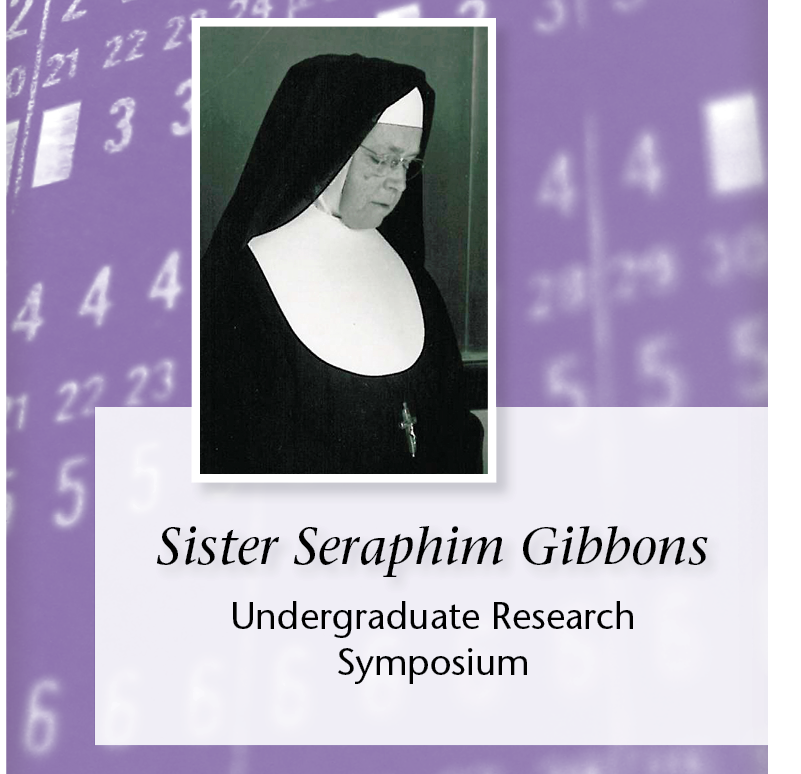THE EFFECT OF SORGHUM AND MILLET FLOUR ON THE STRUCTURE AND FIBER CONTENT OF GLUTEN FREE CUPCAKES
Faculty Advisor
Teri Burgess-Champoux
Department
Nutrition and Exercise Sciences
THE EFFECT OF SORGHUM AND MILLET FLOUR ON THE STRUCTURE AND FIBER CONTENT OF GLUTEN FREE CUPCAKES
Celiac disease is an autoimmune disorder affecting one in 133 Americans. Consuming a gluten-free diet is the only known treatment for an individual diagnosed with celiac disease. Finding gluten-free products that are flavorful and nutrient dense can be difficult for these individuals. Since baked goods are mainly a blend of flours that are high in gluten and low in fiber, the research conducted modifies a traditional gluten-free cupcake recipe to one that is lower in total fat with an increased fiber content. The study design consisted of four experimental trials comparing two different whole-grain, high fiber flours. Our primary objective was to develop a gluten-free cupcake that is lower in total fat while also having higher fiber content compared to a traditional gluten-free cupcake. The baseline recipe was made with all-purpose gluten free flour and the appropriate control variable ingredients. The second trial produced a product comprised of a blend of half gluten-free all-purpose flour and half sorghum flour. The third trial produced a product comprised of a blend of gluten-free all-purpose flour and millet flour. The final trial produced a product with the most favorable measures including height and texture according to preliminary data collected from earlier experiments. Our taste panel data is based on a 5-point hedonic scale comparing taste, texture, appearance, aftertaste and overall liking of our final product and a traditional gluten-free cupcake. Overall, this study shows promise for the development of acceptable gluten-free baked goods for individuals on a restricted diet without sacrificing desserts.
